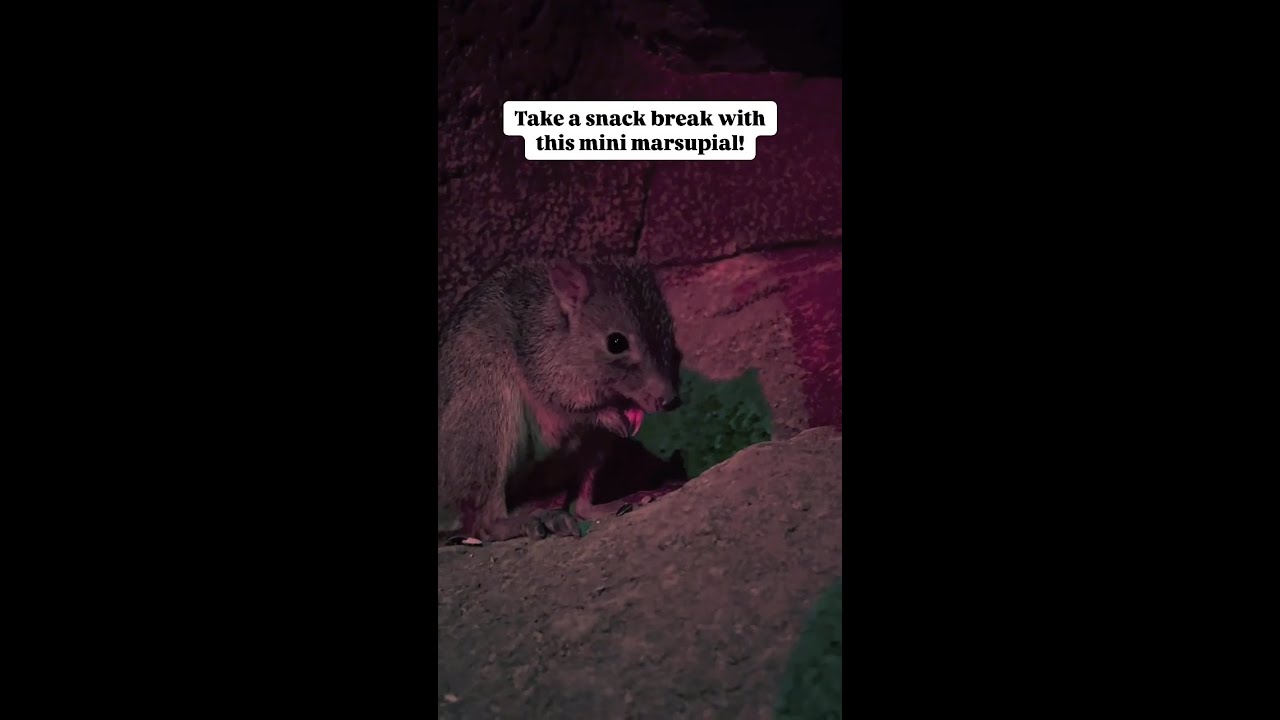- Bettongs are vital players in maintaining healthy Australian ecosystems through their digging and foraging activities.
- These marsupials contribute to seed dispersal and soil health, facilitating plant growth and biodiversity.
- Conservation efforts are crucial to protect bettong populations, which face threats from habitat loss and introduced predators.
- Understanding bettong behavior and ecology can inform wildlife management and conservation strategies.
- Australians and the global community can play a role in supporting bettong conservation efforts through education and advocacy.
Bettongs, small marsupials native to Australia, play pivotal roles in maintaining the dynamism and health of their ecosystems. Their activities, often unnoticed in the grand scheme of ecological interactions, make them unsung heroes of the natural world. In a continent renowned for its diverse and often extreme environments, bettongs’ behaviors intricately weave into the fabric of ecosystem functionality.
These nocturnal creatures are master diggers. Their foraging behavior involves digging for fungi, tubers, and other subterranean delights. Such foraging aerates the soil and facilitates nutrient cycling – a vital process for maintaining soil health. By turning over soil, bettongs enhance its porosity and water retention ability. This improves conditions for plant roots and enhances plant growth, ultimately supporting entire food webs. Moreover, the seeds unearthed during these activities often find themselves transported to new locations, promoting vegetation diversity and regeneration.
The effects of bettongs are multifaceted in terms of plant communities. Their natural behavior contributes significantly to seed dispersal. By consuming and subsequently excreting seeds, they enable a wide distribution, which is essential for plant species needing to establish themselves in new areas. This ability is critical in maintaining plant diversity, particularly in fragmented or disturbed landscapes. The reciprocal relationship between bettongs and the flora of their environments underscores the interconnectedness of species within an ecosystem.
Unfortunately, bettongs are increasingly endangered. Habitat destruction and fragmentation, primarily through agricultural expansion and urban development, pose severe threats to their populations. Additionally, introduced species such as foxes and feral cats exacerbate bettong population declines. These predators have decimated many native ground-dwelling fauna across Australia. Without adequate protection and conservation measures, the numbers of remaining bettongs could dwindle further, with long-lasting repercussions on Australian ecosystems.
Conservation efforts for these marsupials encompass a range of strategies, from habitat restoration to predator control. Programs that involve reintroducing bettongs to protected areas have shown promise. Such initiatives are carefully designed to reestablish populations in their historical ranges or in newly suitable habitats. These restoration activities often coincide with predator control measures to enhance survival rates for reintroduced animals. Creating predator-free environments or utilizing exclusion fencing are practical ways to shield these animals from excessive predation, albeit requiring significant resources and community cooperation.
Engaging local communities and fostering public awareness are cornerstones of effective conservation strategies. Education initiatives about the crucial role bettongs play can galvanize local and international support. Schools, zoos, and conservation organizations work collaboratively to produce educational materials aimed at various audiences. These initiatives often involve hands-on activities, like tree planting or guided tours in conservation areas, to foster empathy and understanding for these small yet significant creatures.
On a global scale, bettongs can act as ambassadors for broader conservation dialogues. Their story highlights the intricate linkages in ecosystems and the human impacts that can destabilize these connections. As habitats worldwide face analogous pressures from human expansion and climate change, the plight of the bettong serves as a didactic case study. It demonstrates both the challenges in conserving small, lesser-known animals and the opportunities for innovative management practices to protect biodiversity.
Professional wildlife management insights can significantly enhance bettong preservation efforts. Researchers and conservationists document bettong behavior extensively, using methods such as GPS tracking and camera traps to gather data on movement patterns, territory size, and social behaviors. These studies are crucial for informing management plans, enabling strategies that mimic natural conditions to facilitate the settlement and growth of bettong populations in the wild or controlled environments.
Beyond scientific endeavors, the role of governmental and non-governmental organizations cannot be understated. Conservation efforts rely on policy frameworks that promote biodiversity and provide funding for research and habitat preservation. International collaborations may also provide much-needed support through knowledge exchange and coordinated action plans, which transcend national borders.
Public involvement is equally significant in these efforts. Forming advocacy groups, participating in citizen science projects, or contributing to conservation funds are all avenues through which individuals can contribute. By aligning societal values with ecological stewardship, it becomes feasible to cultivate a supportive environment for ongoing conservation ventures.
In summary, bettongs are indispensable to the ecosystems they inhabit. From soil health to plant diversity, their role is considerably influential despite their small size. As they encounter increasing threats, the need for vigilant conservation strategies becomes paramount. By understanding their ecological significance and addressing the threats they face, there is hope to restore and maintain their populations. Through education and active participation, both Australians and the global community can ensure that these marsupials continue to thrive, preserving the intricate balance of their ecosystems for future generations.
*****
Source Description

